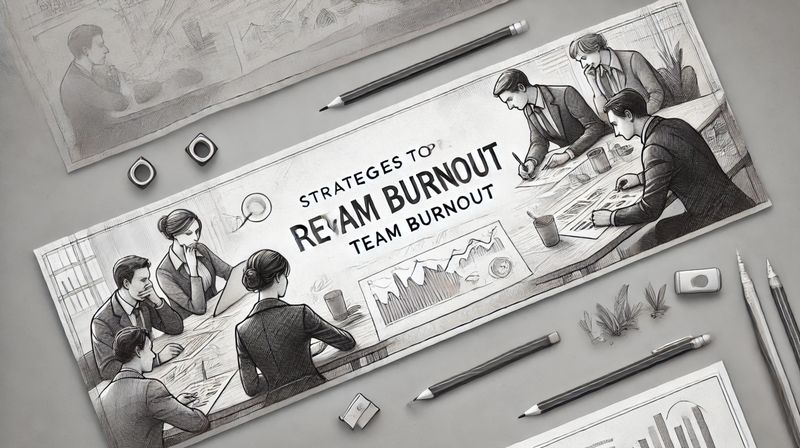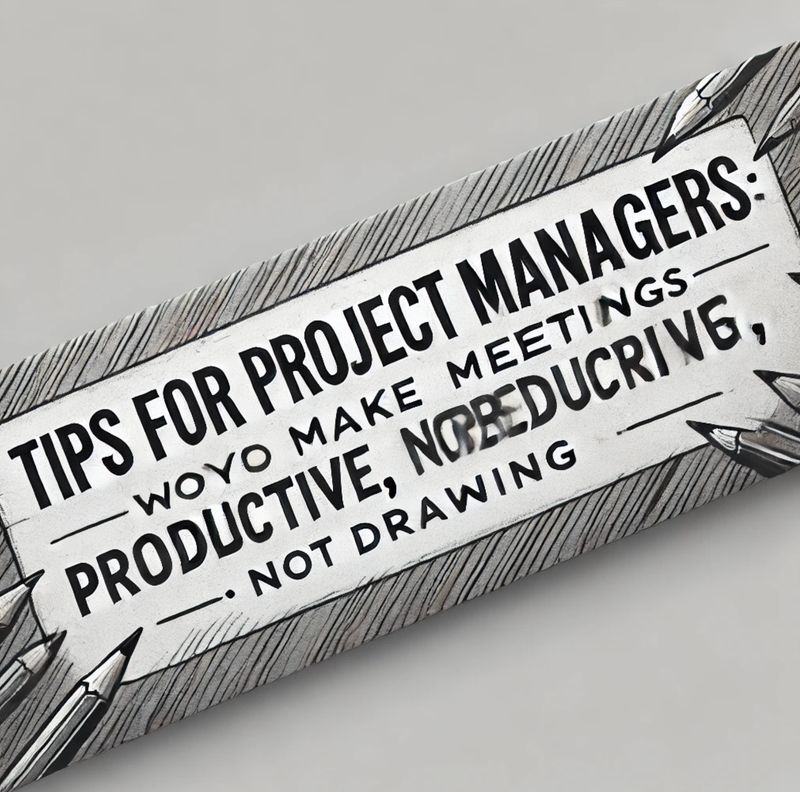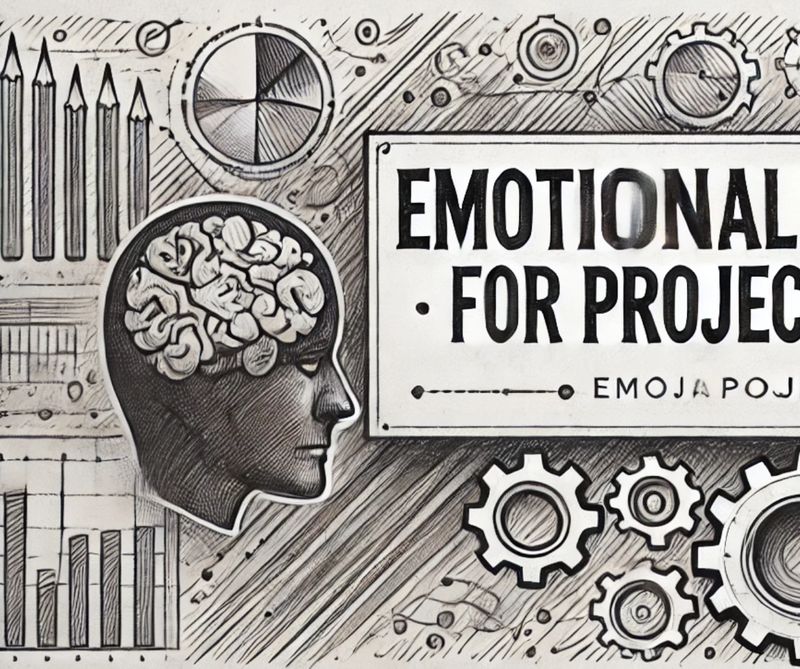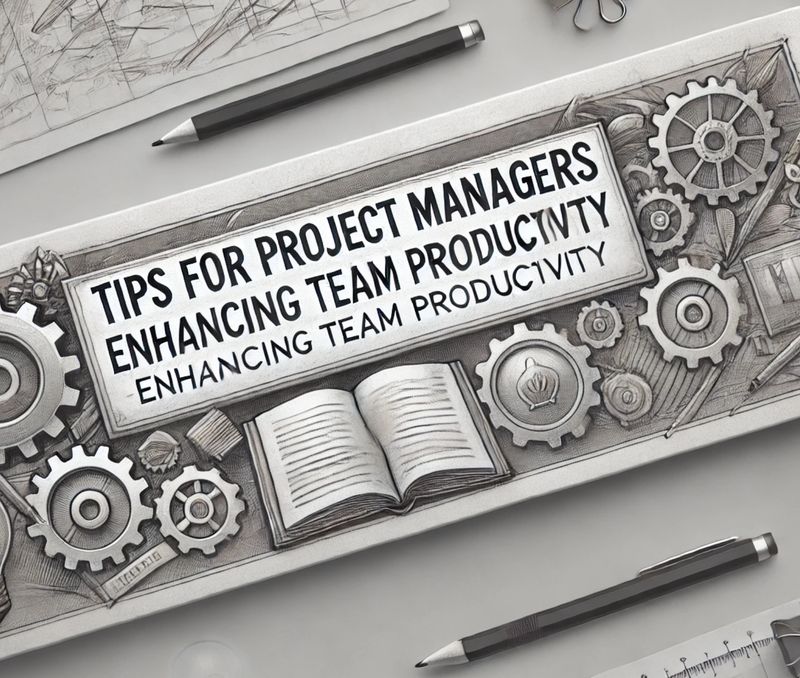Strategies to Prevent Team Burnout

Understanding Team Burnout and Its Impact
Burnout isn’t simply exhaustion from a long day—it’s a prolonged state of emotional, physical, and mental fatigue that can lead to decreased performance and even personal health problems. For project managers, recognizing the early signs of burnout is crucial. These can include reduced productivity, increased errors, lack of engagement, and a generally low morale.
To combat this, the first step is open communication. By fostering an environment where team members feel safe to express their concerns, managers can address potential issues early. For example, you could start weekly check-ins by asking, "How are you feeling about your workload this week?" This not only shows that you care but also provides insights into areas where team members may need extra support.
Secondly, set realistic expectations. One of the most common causes of burnout is overloading team members with unrealistic timelines or excessive responsibilities. Instead of saying, "We need this done yesterday," try framing requests with, "What do you think is a reasonable timeline for this task?" Collaborative planning gives the team a sense of control and ownership over their work.
Lastly, watch for signs of disengagement. Burnout often manifests as withdrawal, decreased communication, or a lack of enthusiasm. When you notice these signs, don’t ignore them. A simple statement like, "I've noticed you seem quieter than usual; is everything okay?" can go a long way.
Proactive Strategies to Prevent Burnout
Preventing burnout requires consistent and intentional efforts, not just reactive measures. Think of it as a cycle of prevention, where you address workload management, team dynamics, and long-term sustainability simultaneously.
1. Prioritize Workload Balance. Ensure that work is distributed fairly among team members. Burnout often occurs when high performers are repeatedly given more tasks than others. For instance, rotate responsibilities so that everyone has a chance to lead smaller projects or manage critical deliverables. This helps avoid overburdening specific individuals while developing a well-rounded team.
2. Build in Recovery Time. Breaks and downtime aren’t luxuries; they’re necessities. Encourage your team to take proper lunch breaks, avoid working overtime regularly, and disconnect from work after hours. As an example, you could introduce a "No Meeting Fridays" policy to give the team time for uninterrupted focus or personal recovery.
3. Foster a Culture of Appreciation. Acknowledging effort and celebrating small wins can keep spirits high. Rather than waiting for the end of a project, try saying something like, "Great job on getting that report done ahead of schedule; it made a big difference in our planning." Positive reinforcement keeps morale strong and prevents feelings of underappreciation.
Sustaining Long-Term Team Well-Being
Burnout prevention isn’t a one-time fix; it’s an ongoing commitment to your team’s health and productivity. Sustainable strategies help not only in preventing burnout but also in building a resilient team ready to tackle future challenges.
1. Encourage Continuous Skill Development. Professional growth is a great antidote to burnout, as it keeps team members motivated and engaged. For example, you could offer opportunities like workshops, training sessions, or certifications aligned with their roles. This not only improves their skills but also gives them a sense of progression and value within the organization.
2. Lead by Example. As a project manager, your behavior sets the tone for the team. If you’re constantly working late and skipping breaks, your team might feel pressured to do the same. Instead, demonstrate healthy work habits, such as logging off on time and openly discussing the importance of work-life balance.
3. Use Technology Wisely. While technology can improve efficiency, it can also contribute to burnout if overused. Simplify communication channels and avoid unnecessary notifications. For instance, you could consolidate updates into a single weekly email rather than sending multiple messages throughout the day.





